-
Posts
7,889 -
Joined
-
Last visited
Content Type
Profiles
Forums
Articles
Posts posted by kye
-
-
-
Added the Super Takumar 55/1.8 lens, both on SB and without. Files are in the original link shared above. Now to do some analysis.
-
@Sage I have swapped over from the 4K modes to the 6K Open Gate mode on the GH5 as that mode has some great advantages, including less sharpening.
Are you planning to update your instructions with new 'softening' parameters to match the sharpness of the Alexa? This mode seems pretty great (h265, 5K 4:3 image for anamorphic or cropping in post, less sharpening) so it would be useful to have those settings as a reference ???
-
-
2 minutes ago, webrunner5 said:
Yeah it is a Whole new world out there now. What was in in the past is just about to get gobbled up with just regular kind of people, doing stuff only a Hollywood studio could do 10, 15 years ago. Heck and a lot of it using a Smartphone. I really doubt any of us has a real clue where it will even lead 10 years from now, let alone 20. I bet it won't be something controlled by powerful people like it is now, but everyone that wants to can get a piece of the pie. Tech is moving at a mind bogging pace.
There is a way of thinking that I find particularly useful for this stuff:
- Think of a company / industry / or whatever that is/was big
- Think of the problem they solved or the value they gave customers
- Think of how you'd solve that problem with todays (or tomorrows) tech
- Think about what that means for that company / industry
It sounds simple, but you'd be surprised how many Wall St big business folks can't do it. A few examples:
- Newspapers
- They curated and delivered content to people
- The internet now delivers content for free, but doesn't do a great job at curating it (fake news)
- The result? Newspapers are all screwed. Completely predictable, yet most didn't predict it.
- Record labels and record shops / motion picture industry and cinemas
- Curated artists, invested in making big budget productions up front (taking on risk), marketed the results, and distributed them
-
Three scenarios:
- Don't curate or invest, just distribute = YouTube
- Curate and invest and distribute via internet = Netflix
- Curate and invest but attempt to monopolise distribution = illegal file-sharing
- Perfectly predictable (and the RIAA are basically just making tits of themselves fighting a non-winnable battle). The musicians YT was Mp3.com and the musicians Netflix hasn't been worked out yet, but big companies are fighting over it (apple, amazon, etc)
etc etc.
In terms of the motion picture industry, the major innovations go like this:
- invention of motion pictuers
- Addition of sound
- Colour
- Home theatre (no longer only in cinemas)
- Virtual reality
- Interactive VR
- Interactive AR
- Potentially some kind of direct neurological connection after that, but it's still a kind of VR/AR
- IronFilm and webrunner5
-
 2
2
-
8 hours ago, thebrothersthre3 said:
I think YouTube and cinema are a very different thing though. I still say there is really not a difference between modern film and digital, at least not a noticeable one after processing.
YT and cinema are different, but considering that "cinema" doesn't mean "big room" it means "video with your favourite famous people in it" or "video with your favourite stories". Considering that Pewdiepie has 20 billion views on his channel, and many kids watch hours of YT a day, you can't say that this isn't having an impact on what they think. My daughter doesn't care about going to see Rhianna in concert, but she just about turned herself inside-out to see Shawn Mendes (who got his start on social media) and when he came on stage she cried like people did when they saw The Beatles.
QuoteThrough its Partner Program, YouTube also rewards uploaders of popular videos with a share from the revenues resulted from advertisement on their page. This, paired with the fact that many users of the video sharing platform tend to have favorite channels that they go back to regularly, has given rise to another phenomenon: the rise of YouTube celebrities. Although some of them, such as Justin Bieber, were discovered on the website, but moved on to real life stardom, many others have maintained YouTube as their primary platform of delivering content and staying in contact with fans.
Peoples music tastes tend to be most heavily influenced by what they're consuming at 13 (for women) and 14 (for men) (source) and the same mechanism is likely to be the same for other content.
QuoteMusic lights these sparks of neural activity in everybody. But in young people, the spark turns into a fireworks show. Between the ages of 12 and 22, our brains undergo rapid neurological development—and the music we love during that decade seems to get wired into our lobes for good. When we make neural connections to a song, we also create a strong memory trace that becomes laden with heightened emotion, thanks partly to a surfeit of pubertal growth hormones. These hormones tell our brains that everything is incredibly important—especially the songs that form the soundtrack to our teenage dreams (and embarrassments).
We don't have TV in our house, and we don't listen to the radio, we have Netflix and YT and that's how the kids consume content. Their heroes are youtubers and YouTubers aren't filming with Alexas in RAW or on film, they're filming with RX100s and GH5s and their phones. Some are doing it with great lighting, nice production design, nice lenses and the rest, but not RAW, not 12-bit colour, and not with filters and careful adjustment of digital sharpening.
- webrunner5, IronFilm and kaylee
-
 3
3
-
4 hours ago, mercer said:
Good point @webrunner5 ... I actually posted an earlier version by mistake... here’s the fixed one...
I don’t know if I love the font that much either but it’s meant to look like handwriting on a post card that is part of the mystery of the story.
Yeah, I'm not a fan of that font either.
I used to be a designer making websites for people in the 90s, and font choice is difficult and takes a lot of time. They have so much influence on your design you really need to take some time with it. If you can, try and use the software such that you can just change the font on the actual poster by just using the arrow keys on the keyboard to cycle through the list of fonts on your computer, that saves a lot of time.
(It's normally something like highlight your text, click into font drop-down, click on one font, hopefully the "cursor" stays in the list and you can use up/down arrows to cycle and it updates the writing on the actual image.)
-
There are two ways to deal with a power failure - either write the file continuously in such a way that if power is lost you can recover the file (or at least all of it except the last few seconds) or to monitor the power and when you're about to shut down then close the file nicely.
Considering the issues around detecting battery levels with third-party batteries it would be great if they could just make it so that the files were all recoverable. That way it would work when something else goes wrong, like there's a problem with the card, the camera crashes, someone disconnects the media unexpectedly, or whatever.
-
Lenses are:
- 14-42/3.5-5.6 Panasonic at 17mm
- 17.5/0.95 Voigtlander
- 35/3.5 Super Takumar
- 37/2.8 Mir-1B
- 40/1.8 Konica Hexanon
- 14-42/3.5-5.6 Panasonic at 42mm
- 58/2 Helios (x2) both with and without SB
and lol, I just realised I forgot to test the 55/1.8 Takumar. Oops!
-
Posted!
-
I've just shot part one of this lens comparison which is the ~70-80mm equivalent lenses for MFT.
https://app.sugarsync.com/iris/wf/D8480669_08693060_6019565
Notes:
- It's a mixture of cheap/expensive and vintage/modern lenses, and my goal was to see how these lenses compared aesthetically and to choose which to keep
- All shots were taken with my GH5 which has a 2x crop compared to FF, so your FOV may vary, and remember that the edges distort more than the centre part which is what we're looking at
- This isn't designed to tell you how good each lens is, but more how good they are compared to each other - google has many great examples from each of these lenses
- All shots taken in RAW and converted to JPG but with no other processing so this is almost SOOC
- I tried to match FOV for lenses with different focal lengths, but it's an imperfect test
- I started with each lens wide open and then stopped-down, some lenses have more photos because they have half-stop clicks, some have full-stops, some are click-less (in which case I did full-stops) but they're not exact so some exposure differences are in there, I also noticed that exposures were often off so I'm not confident that all the clicks were accurate on all the lenses (some are vintage after all)
- The electronic shutter only goes up to 1s exposures, so some of the lenses didn't get tested at their smallest apertures, but diffraction just kicks in so I don't feel like we're missing much
- Apart from adjusting aperture (and shutter speed to compensate) everything else was manual, ISO 100, and identical WB and lighting, so colour differences are the lenses
- I focused each lens on the marks on the little white card in the centre and normally stopped the lens down a stop or so to help with manual focus, I've heard some lenses change focus as you adjust the aperture but I didn't allow for that so the focus might shift a little perhaps
- Unless noted the lenses were used without a speed booster, and the SB I used with the two Helios lenses was a cheap Chinese one from ebay. I also shot the Helios lenses without a SB so you can compare and see if the SB is good or not.
My next step is to test the 135-200mm lenses (270-400mm equivalents) which I can't test with the current setup because my room isn't long enough. I'll add these to this same thread when they're ready.
After that I'll narrow the field down a bit and go shoot some real-world video to see how they go.
Happy to hear impressions about what you see, what you like and what you don't.
- heart0less, kaylee, newfoundmass and 2 others
-
 2
2
-
 3
3
-
23 hours ago, no_connection said:
Should be front of lens to subject I think.
*edit*
Sohuld be focal length in front of sensor. Since the lens could be longer or shorter depending on how it's made.
I figured it was probably sensor distance, so I calculated it all, set it up, then the first lens I put on had too large a minimum focal distance - doh!
Still, I've shot the first round of it and will post soon

-
The cinematic look is defined when you're a teenager by the attributes that your favourite films had and the camera that your dad had didn't have.
All the millennial on YT wanting that cinematic look aren't romanticising the film look because they're too young to remember it - it was already digital when they were teenagers.
In 15 years time that cinematic look will be the 80D with 10mm lens because that's what Casey Neistat was using when they were growing up.
-
The golden age of cinema was truly something to be admired. Here are the TOP SECRET insider settings that will MAGICALLY turn your camera into a CINEMA BEAST.
PROFESSIONAL CINEMATOGRAPHERS DO NOT WANT YOU TO KNOW THIS
We all know that you can't get cinematic video straight out of a camera, so most of these are in post.
Camera:
- Shoot in NATURAL or the default style (LOG profiles are a trick to fool the try-hards)
- Set your aperture to F8 (that's why the most famous photographers say "f8 and be there")
- Film had a wonderfully organic resolution, so It's important to get the highest resolution camera you can - shoot 8K RAW if you can, 10-bit is barely a minimum, but 12-bit or 14-bit is better
- Depending on the aesthetic you want you can film at 23.976 fps, or less. Ideally you would film at a rate that varies to simulate the camera operator turning a handle, but even the most expensive cinema cameras still lack this feature, even in 2019, it's madness but it's reality
Post-production:
- Set your Saturation to zero
- Lower your contrast until the whites aren't white, and the blacks aren't black, you want that soft look
- Highlight all your audio tracks and delete them, if you want you can add a single track back in and put in a single piano soundtrack, but silent is the most 'pure'
- Whatever frame rate you recorded at, you must play it back at 23.976 fps - this will give that classic "people walking as fast as ants" look
- Add noise, film grain plugins that have real digitised film grain are best - DO NOT GO CHEAP ON THIS
- When you output your footage it's important to get the settings right - the most important is to output in 1080 as a MAX (4K is totally out)
Yes, I'm taking the piss, but actually if you want to replicate the silent film era then these are good instructions. My point is that there is no 'cinematic' look, so the only place that you can be sure of that won't help you is anyone using the word "cinematic". Seriously, cinema looks so great because it's a combination of every department doing their job really well. We've been making movies for long enough to work out what matters and what doesn't, and anything that doesn't matter has been cut from the budget of film-making since before any of us were born.
What you really want is to make great looking films, which is really a personal thing that only you can find out what it means to you, and the only way to do that is to learn every job in every department of a film production and do them all really well.
Film-making is art that uses enormous amounts of technology - that's why is SO DIFFICULT IT'S NEARLY IMPOSSIBLE.
Welcome to our pain, and our pleasure.
-
Any of those cameras will give you a really solid image - solid enough that no-one will watch it and think of the image quality as a bad thing anyway.
It sounds like your lens requirements and other things that normally are big issues in camera selection aren't a problem for you and any of those options would do the trick, so in that case I'd suggest focusing on the things that are going to really stretch the camera. I'm guessing that AF and perhaps slow-motion might be important to you. AF would be especially important if you're expecting to track a rider who is coming towards you - it might be that even the best system can't keep up, although you might just pre-focus and then pull it manually when the rider appears so maybe it's not an issue at all unless you're flying the camera.
My suggestion is to make a list of things that are critical, things that are highly desirable, and things that you would like but aren't a big deal, then rank each option against those and see what that looks like.
Most people seem to choose cameras by walking up to the buffet and being overwhelmed by what's available, instead of working out what they're actually interested in first.
-
-
I've worked out a bunch of stuff about how and where to do the test.
I've decided to compare lenses so that they will have similar DoF at the same aperture and it turns out this also basically makes them the same field of view too, so that's nice.
Question - when calculating DOF (with this tool: http://www.dofmaster.com/dofjs.html) is the subject distance from the sensor-to-subject or front-of-lens-to-subject? It gives the equations it uses here http://www.dofmaster.com/equations.html and they look pretty standard, so maybe someone knows?
This might seem like I'm nit-picking, but the distance for my 8mm is 10cm, so the length of the lens actually makes a reasonable difference.
-
please delete
In: Cameras
-
Welcome to the Resolve users club! Damn, maybe that should be a real club, that's a t-shirt I might actually wear.
I've been piling all the Resolve info I could find into this thread here so have a read at your leisure..
Changing colour space in Resolve is a bit confusing - not because it's difficult to do but more because there are lots of different ways to do it.
The workflow I'd recommend for you is very similar to your existing one:
- Node 1: Adjustment layer (if you want to change WB or whatever)
- Node 2: Colour Space Transform OFX plugin to change from V-log to rec.709 colour and gamma
- Node 3 onwards: grading as you normally would
The Colour Space Transform (CST) plugin isn't a LUT, it's better than that because it preserves any clipped highlights/shadows, and has some nice options for handling extremes. More info here:
Be aware that you can change colour space in many different places, but that using the CST plugin is the most flexible and AFAIK has all the benefits of the other methods as well as the extra flexibility.
-
Last lens arrived - the second Konica Hexanon 40/1.8 and it's filled with fungus... Good thing I ordered two - the other one is near perfect! Rule of thumb for ebay - it will have fungus unless the auction states that it doesn't and the pictures are good and show that it doesn't. Two of the ones that claimed no fungus also had fungus, one pretty badly, so buyer beware.
So, now to shoot this test.
-
4 hours ago, gfiuso said:
Anyone has experience about matching this lens with Tokina 28-70 Pro1 f/2.6-2.8 ???
I’m looking for a good wide lens, something between 12mm and 20mm to be used on BMPCC-4K w/ speedbooster XL 0.64x (actually in preorder)
On super35 Canon Eos Cinema cameras I usually use Nikon AFS 17-35mm and 28-80mm but for the new setup I'd like to take advantage of the magic cine-feel of the Tokina. do you have any advice about a lens with similar contrast, color rendition of Tokina.
What do you think of these alternatives:
SLR Magic 8mm f / 4.0 Ultra Wide (MFT mount)
SLR Magic 10mm T / 2.1 (MFT mount)
Voigtlander Nokton 10.5 or 17.5mm f / 0.95 (MFT mount)
Zeiss Jena Flektogon 20mm f / 4 Zebra (Pentacon-six mount)I own the SLR Magic 8mm F4 and the Voigtlander 17.5 F0.95, but don't own the Tokina so can't compare.
The SLR Magic is a drone lens, so it's tiny and not designed for use on a normal camera. Here it is on the GH5 with microphone.
What this means is that the focus and aperture rings aren't really that usable during a shot. The difficulty of use for the aperture ring isn't really a big deal as f4 isn't that shallow DOF unless you're focussing really close, so it's almost like a softness control - f4 is a little soft, f8 is sharper, and f16 is softer again. The focus ring has a locking pin so when you mount it to your drone the focus stays where you set it, but when you loosen that screw the ring has no friction at all. Also, the ring itself is only a few mm wide so you can't grip it and that's why there is a pin attached to it which you kind of use as a little handle. It also has only a quarter turn between 10cm and infinity, with only a tiny distance between 1m and infinity, so getting accurate focus isn't that easy, but as it's f4 it's less of a problem than you'd think. It's really a very fancy version of a fixed lens.
Having said all that, mine has taken some lovely shots and it's the cheapest non-fisheye around:
I'm contemplating replacing it with the (more expensive) Laowa 7.5mm F2 to get more light. I only use this lens for wide shots that need that WOW, so the ergonomics don't bother me that much. I was also planning to try vlogging style of filming myself but it turns out that's harder than it looks and I need lots more practice. It's easier to focus closer to you, so I think the focus would be fine for that.
The Voigtlander is the exact opposite of the SLR. It is large, heavy, fast, and an absolute pleasure to use. This is my main lens on my GH5 at a 35mm FF equivalent length. The aperture ring can be de-clicked (you just rotate the ring next to the aperture ring on the lens) and is lovely to use. The focus ring is huge, easy to find by feel and is so smooth it's hard to imagine that anything could be smoother than it in the whole world. It feels great in the hand, and looks spectacular through the viewfinder.
It is two lenses in one, at f0.95 it's quite soft, but (just like most super-fast lenses) by the time you stop it down a couple of stops it hits full sharpness.
Pretty sure this is wide-open:

There is a great comparison of the entire MFT lens lineups from Panasonic vs Olympus vs Voigtlander here:
- Part 1: https://www.thehurlblog.com/cinematography-online-micro-four-thirds-lenses/
- Part 2: https://www.thehurlblog.com/cinematography-micro-43-lenses/
- Part 3: https://www.thehurlblog.com/film-school-online-micro-43-lenses-3/
Each lens set was tested in sequence, so if you want the comparisons of the three then you want part 3.
I think they did a dis-service to the Voigtlander in these tests because they tested them at F5.6, F2.8, and wide-open. The Voigtlander is softer at 0.95 than the Panasonic at 1.7, but what they don't show you is that the Voigt at f1.7 would have killed the Panasonic at 1.7. The Olympus just looks strange in those tests to me - not 3D at all, so I eliminated it instantly.
Hope this helps.
-
7 hours ago, DBounce said:
OIS is not the way forward. EIS as seen in the new GoPro and Samsung S10 devices is the future.
You're probably right, and it stabilises movement between frames but it doesn't stabilise movement during the frame, so if you're in low light and bump the camera the stabilised shot you get out of it looks like you had a very steady hand but at the moment of the bump everything in the frame will turn to a mush of motion-blur like all of a sudden the universe had a tiny little seizure.
It works for action cameras filming at very short shutter speeds but doesn't really work for anything other than wide-angles in sunlight. As soon as the sun sets or you decide you want to use that 50mm or 80mm lens (with its tiny aperture, tiny sensor, and poor ISO performance all pushing to slow the shutter speed) then it's universe-seizures the whole way.
- tellure, webrunner5 and Inazuma
-
 3
3
-
7 hours ago, webrunner5 said:
I didn't see your specific lens on here, but this might help you with other lenses if you have not seen this website.
I'd seen the website (and even added a lens myself) but hadn't seen that a few lenses had service manuals - pity mine doesn't!
2 hours ago, no_connection said:If you ever wanted to watch lenses get taken apart and cleaned then put back together you can.
LOL, I'm not doing this for lack of entertainment

I've watched quite a few lens teardowns and unfortunately they're all really different when it comes to the details. Even to the fact that the initial move to take apart the 200mm F4 S-M-C Takumar doesn't work on the 150mm F4 S-M-C Takumar despite the fact they look identical from the outside!
-
Just dismantled, cleaned, and re-assembled four lenses. Three of them still work!
The normal way to disassemble a lens is to take some of the elements out of the front, and some out of the back, and there might be a third group in the middle somewhere a bit deeper. So, I took the back off the Minolta 135/2.8 and then unscrewed the rear lens group, which came free from its thread but there was no way to grip it and pull it up, so I then did what any normal person would do, I put a cloth over the top and turned it upside-down. The rear lens group came out, but unfortunately so did 6 curved pins and 4 of the smallest ball-bearings I've ever seen (maybe 1mm diameter?). The ball-bearings didn't concern me (look - I de-clicked the aperture without even trying!) but the pins were a bit worrying.
I was taking photos as I disassembled but nothing showed these pins, and long story short, they play some crucial role in the aperture. So I now have a Minolta 135mm fixed at f2.8. Focus still works fine and image looks great but no stopping down unfortunately. To be fair it's pretty sharp wide open and it was a pretty knackered sample of that lens anyway - full of dirt, fungus spots, and the focus has no friction to it, it just moves like it's not connected and then stops. So if I decide that that is the lens for me (I had already decided it was a keeper unfortunately) then I can use it at 2.8 or buy another one and not take that one apart.
TBH I'm a bit annoyed that the aperture mechanism wasn't a little better designed. That was the fourth lens I took apart and the others were just fine. Maybe it was broken in some way but who knows.
Anyway, I learned a bunch of things, including that fungus spots are easily cleanable with a weak mixture of dish-soap and water. I also learned that with distilled water and an air blower you can clean a lens until it is invisible, even if you shine a LED torch right through it.



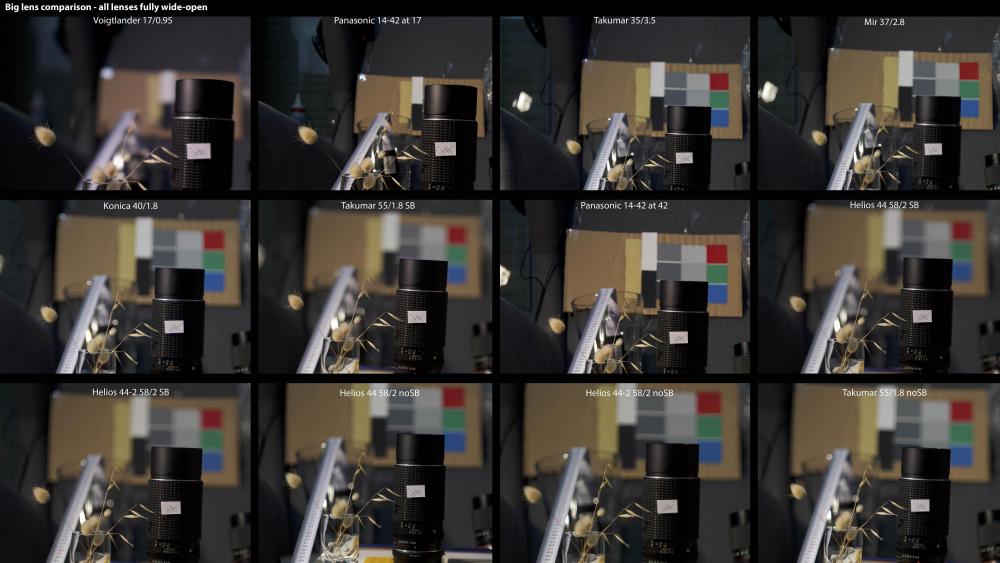
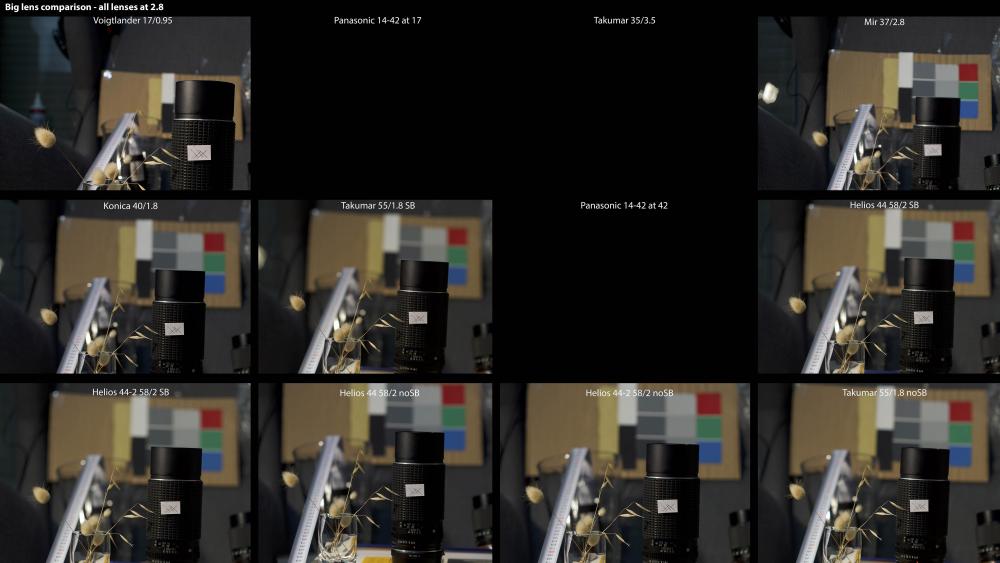
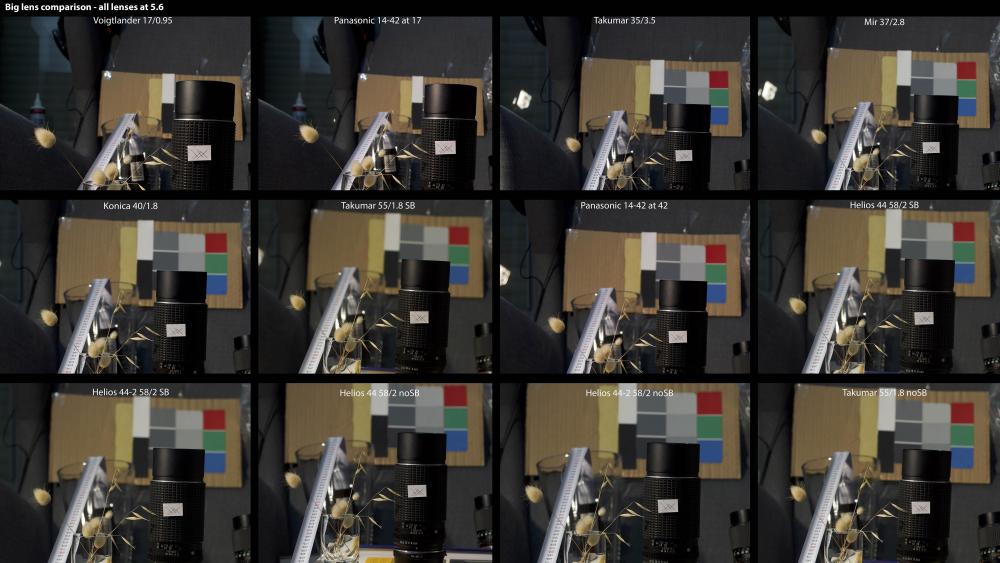
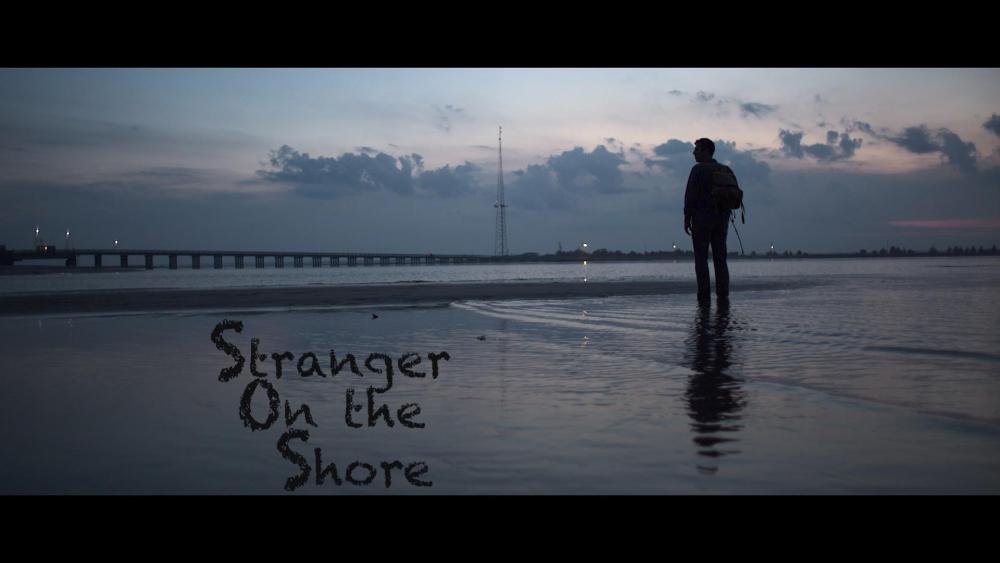



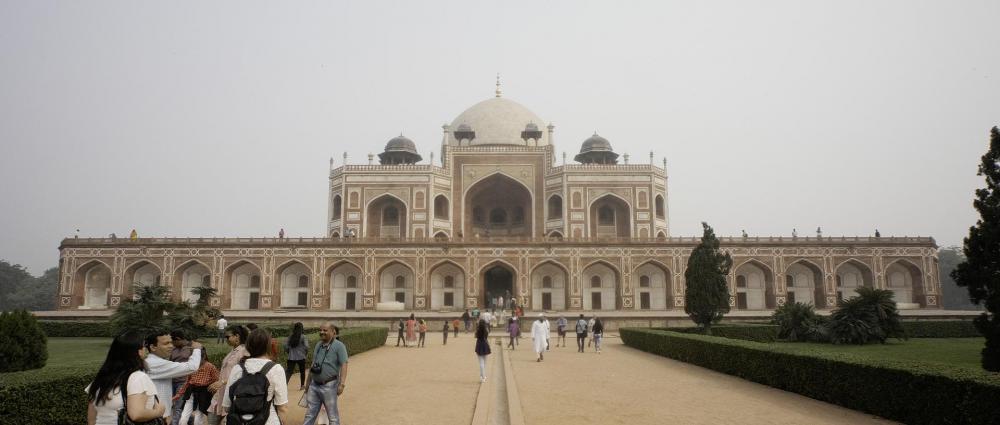
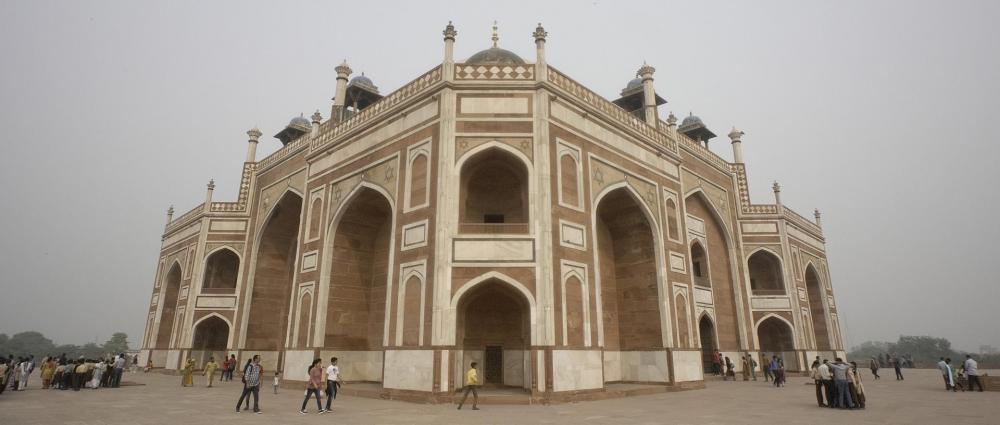
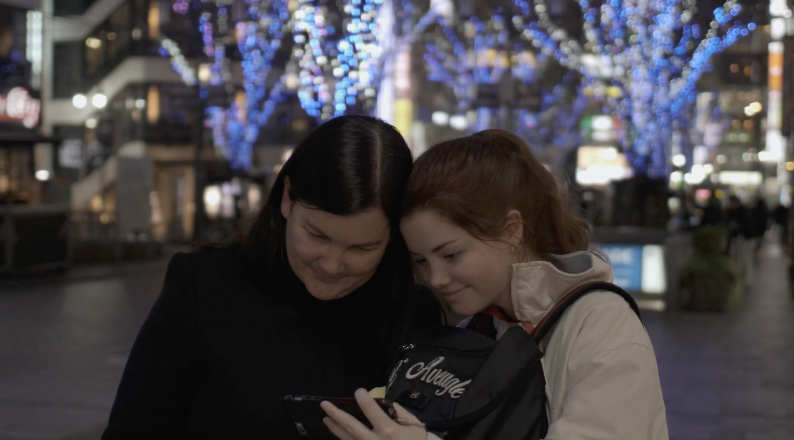
cinematic color?
In: Cameras
Posted
VR is gimmicky. Just think about who would want to sit down in comfort and have images shown to them that make it seem like they're in a different place than where they really are, and doing things that they aren't really doing, and with people that they don't know. I tell you what, you couldn't even make people sit in a big room and watch such fantasy images, let alone make them pay for it!
Not to pick on you or anything, but I think this is an example of someone not getting it. People didn't want to be taken into a large room of dubious cleanliness, they came to cinemas to be transported to a world of the writer and directors vision, and be told amazing stories. If you can't see that VR has the potential to do that in an amazing way, then I guess you'll be surprised by the future.
VR is escapist entertainment where you stop being where you are and will only be somewhere else. People probably won't be watching VR on the train for example.
AR is to take where you are and to also be somewhere else as well, or at least add a layer onto the place where you are. People will absolutely do this everywhere they go. AR will be a Pokemon Go, your phones notification screen, these forums, and a complete heads-up-display for your entire experience. If you have ever wanted to know something or been bored with something then it will be just great.
The thing about VR is that we just haven't worked out how to do it well yet, and VR has a limitation because not everyone wants to stop being where they are. VR will come first and AR will come later, but AR will come in a huge way. VR is like having an expensive home theatre - people will like it but not everyone will have one, AR is the future of the smartphone.